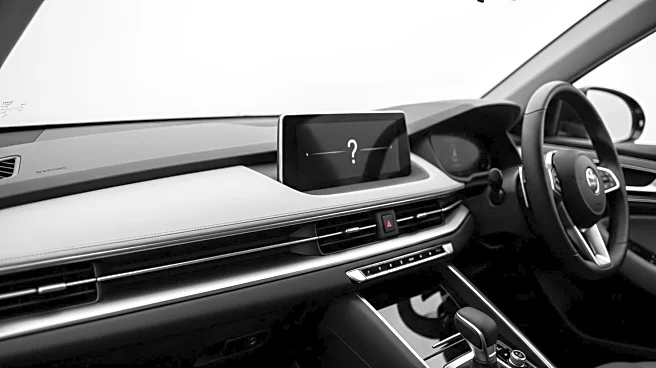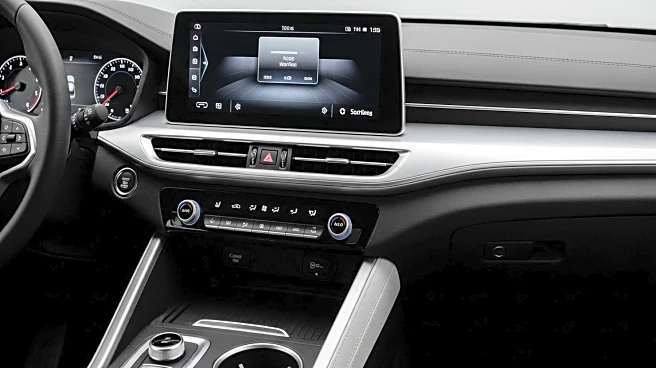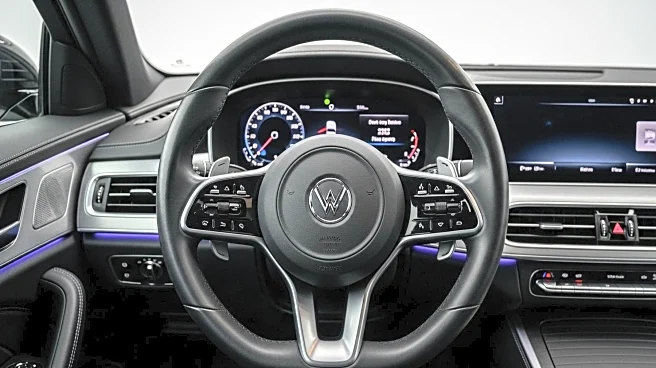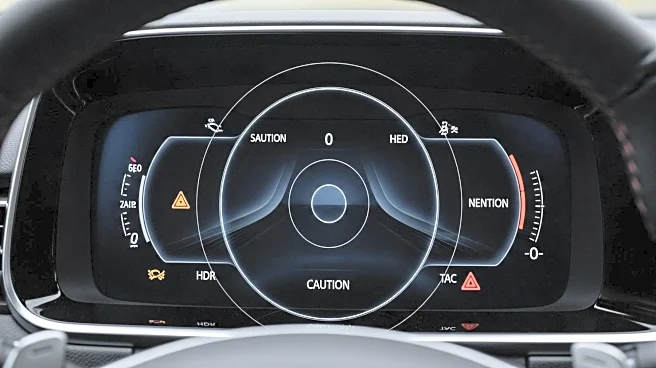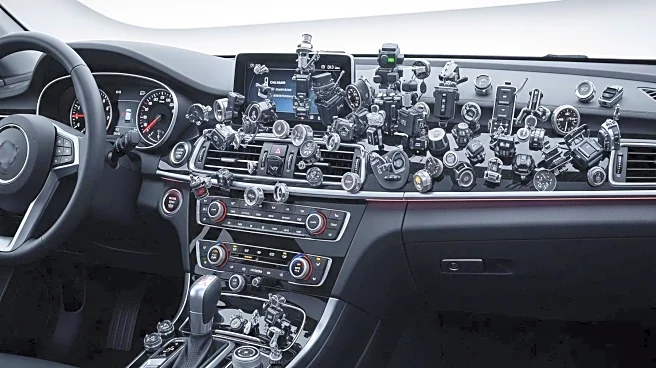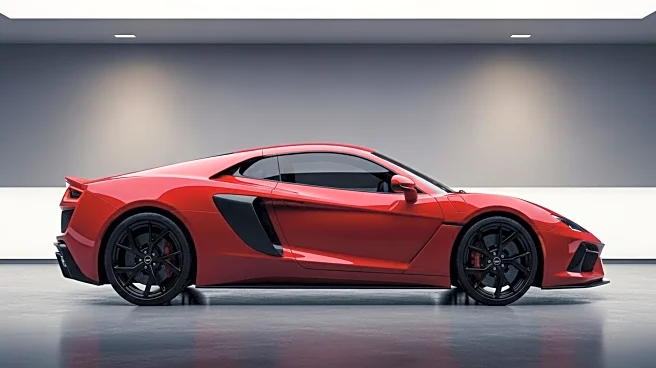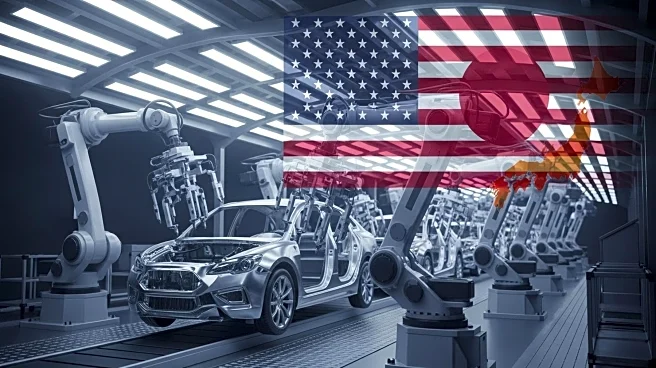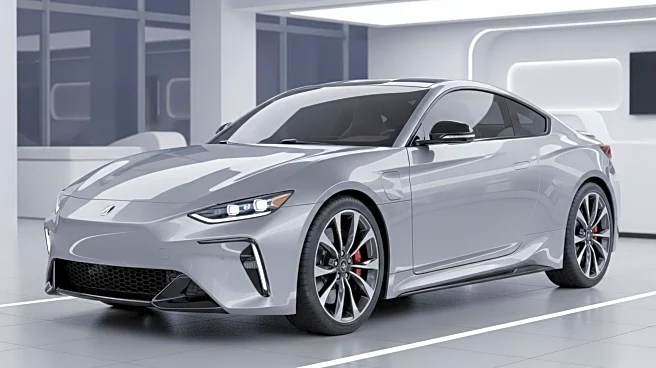What's Happening?
Automakers are increasingly adopting minimalist interior designs, similar to Tesla's, which prioritize sleek aesthetics over tactile functionality. This trend involves replacing physical buttons and knobs with touchscreen interfaces, which has led to frustration among drivers who find these systems complex and distracting. Consumer Reports and J.D. Power studies highlight that infotainment systems are a major source of complaints, often more than mechanical issues. Drivers, especially older ones and daily commuters, struggle with these touch-heavy systems, which can take their eyes off the road for extended periods, raising safety concerns.
Why It's Important?
The shift towards touchscreen-based controls in vehicles has significant implications for driver safety and satisfaction. As these systems become more prevalent, they pose a risk by diverting drivers' attention from the road, potentially leading to accidents. This trend affects various demographics, including older drivers who are accustomed to physical controls, and families who need quick and easy access to vehicle functions. Automakers that balance modern design with user-friendly controls, like Hyundai and Honda, may gain a competitive edge by addressing these usability concerns.
What's Next?
Automakers may face increasing pressure from consumers and safety advocates to reconsider the design of vehicle interiors. As complaints about infotainment systems grow, manufacturers might need to innovate solutions that combine modern aesthetics with practical usability. This could involve reintroducing physical controls or developing more intuitive touchscreen interfaces. Consumer Reports and other organizations may continue to influence industry standards by highlighting models that successfully integrate user-friendly features.
Beyond the Headlines
The trend towards minimalist vehicle interiors reflects broader cultural shifts towards technology integration and modern design. However, it also raises ethical questions about prioritizing aesthetics over safety. As vehicles become more technologically advanced, the balance between innovation and practicality becomes crucial. This development could lead to long-term changes in automotive design philosophy, emphasizing the importance of user experience in technology adoption.
